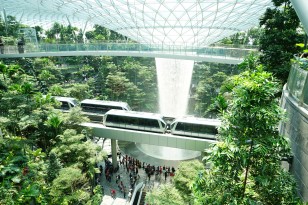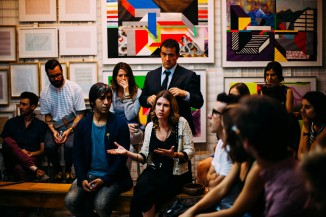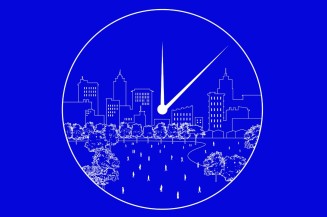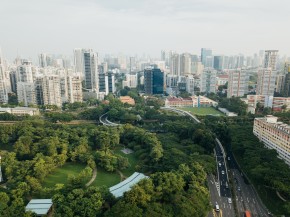
Blog / Leadership & Transformation
Revolutionising Urban Design with a Feminist Perspective
Categories
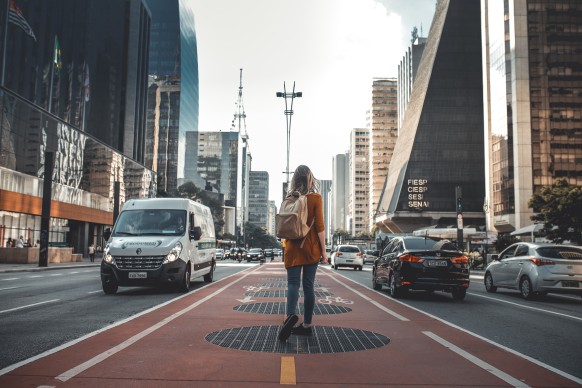
The spaces we occupy are not neutral but are imbued with history and meaning.
Certain bodies become socially entitled to take up space, while others are not. Some of us find ourselves within hostile environments where our presence is unwelcome and we are made to be out of place.
Why? Because there is a lack of diversity in decision-making in the built environment.
This contributes to the social and economic disparities experienced by marginalized groups like women, people with disabilities, and sexual and gender minorities.
This calls for feminist design that tackles current issues. Let’s check them out.
What is Feminist Design?
Feminist design contributes to wide-reaching concerns, debates, and activities on different intersections of identity and space, where positions of authority have become racialized and gendered.
- Safely existing in spaces
- Being heard and being visible
- Wanting to remain undetected
- Staying in place or moving across spaces with lines and borders
All these are acts of resistance in contexts of increasing barriers and hostilities towards those who are displaced and those who are made to be out of place.
Feminist perspective in design brings together feminist, anti-racist, embodied practices of resistance including purposeful loitering, feminist cycle rides, creating safe(r) spaces, and arts activism to resignify space and to perform everyday acts of resistance with voice and action.
“The Gendered City”: Statement
What we do in the gendered city is that we are taking up space, occupying hostile environments, owning our own bodies, telling our stories through advocacy and amplifying women’s voices to be heard
THE GENDERED CITY seeks to build a collaborative, capacity-releasing network by pairing up UK and European-based projects of resistance with a range of allied projects in less economically developed countries.
We aim to articulate some of the complexity and diversity of feminist spaces and to explore and record acts of resistance through occupying hostile environments.
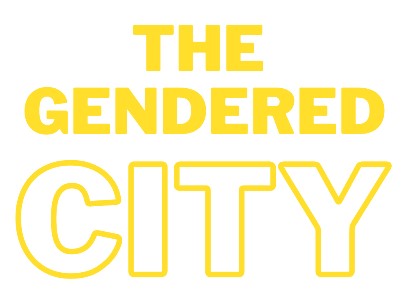
The Gendered City: Why?
Gender biases in the built environment contribute directly to gendered social and economic inequities, feeding into the systemic oppression of women, girls, sexual and gender minorities, and those with disabilities.
"The relationship I had with this space for a long time in my life was completely aggressive and violent. I was a boy who walked in these streets and suffered physical and verbal aggressions from various spaces, more by men and boys".
-A Transgender woman (From my series" How Cities Keep Failing Women” genderedcity.org)
Telling figures
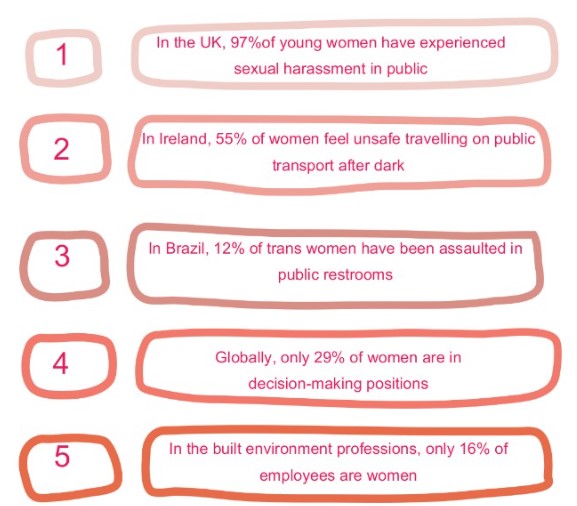
Issue 1: Safety and Security
Sexual harassment and other forms of sexual violence in public spaces, both in urban and rural settings, are an everyday occurrence for women and girls in every country around the world.
Women and girls experience and fear different forms of sexual violence in public spaces, from unwelcome sexual remarks and gestures, to rape and femicide. It happens on streets, in and around public transportation, schools, workplaces, public toilets, water and food distribution sites, and parks.
This reality reduces women’s and girls’ freedom of movement. It reduces their ability to participate in school, work, and public life. It limits their access to essential services and their enjoyment of cultural and recreational activities, and negatively impacts their health and well-being.
Women are often scared in public spaces. In fact, they are around twice as likely to be scared as men. We have the data to prove it. ‘Crime surveys and empirical studies from different parts of the world show that a majority of women are fearful of the potential violence against them when in public spaces,’
Issue 2: Female Travel Patterns
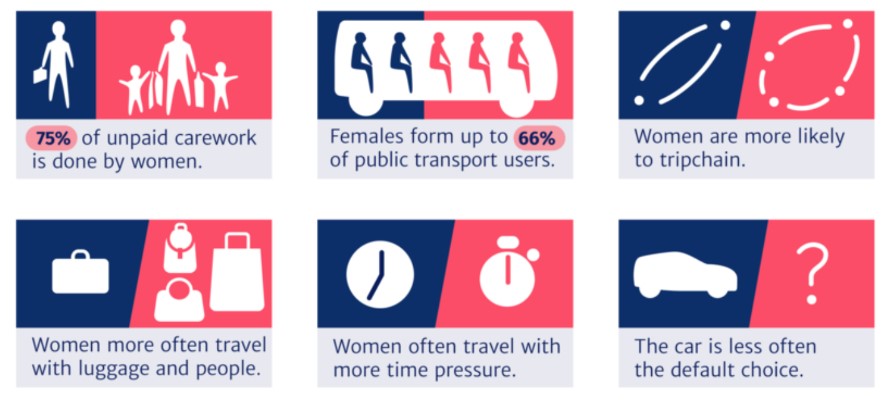
The gender imbalance emerging from current patterns and trends in mobility and transport reveals the existence of a disparity, which affects different aspects.
■ knowledge enhancement in gender mobility data;
■ developing gender-tailored mobility services; and
■ urban mobility planning & design for meeting gender needs. Governments at all levels (local, national and European) are looking for solutions that help them move towards the achievement of gender equality in mobility
Issue 3: Environmental Justice
“Most parks have more facilities for dog waste than for teenage girls.”
Girls are almost entirely designed out of these spaces. The vast majority of what is provided ‘for teenagers’ in parks consists of skateparks. BMX tracks or MUGAs (Multi-Use Games Areas, i.e. fenced pitches for football or basketball). It’s relatively well known that these are predominantly used by boys, but until now there has been no data.
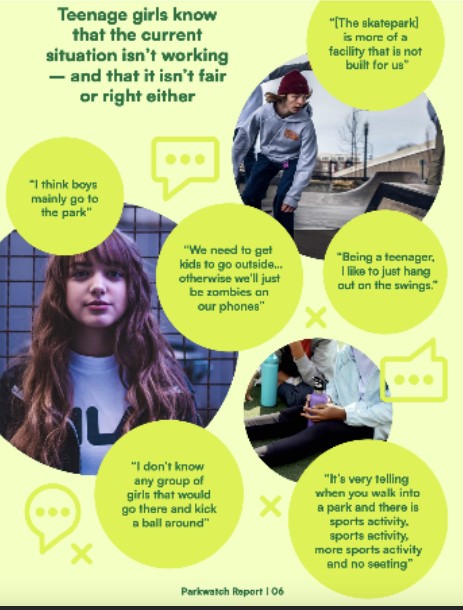
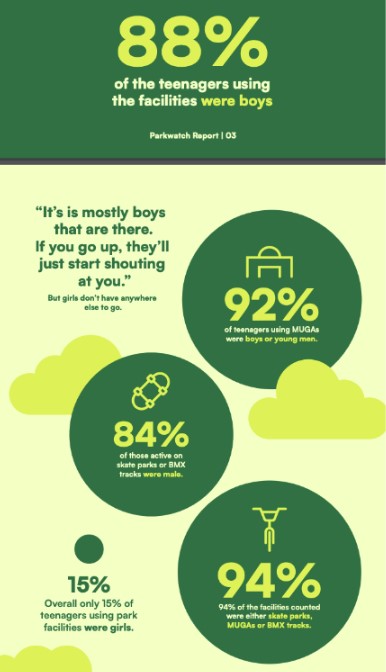
We need a Feminist Park!
Parks are essential for everyone as places to be active, play, socialize, and relax – and they are particularly important for teenagers, who quite often have nowhere else to go. They’re good for their mental and physical health, allow them to be in touch with nature, and have social benefits too, whether that’s meeting friends, developing autonomy, or creating a sense of belonging to the local community.
Tackling these issues: Departing from "The gendered City"
- Make gender differences visible through data collection (setting indicators, targets), campaigns, lobbying, gender training, and information for the public.
- Implement equality support structures with manuals, handbooks, guidelines, gender training, and safe funding for support structures at a local level.
- Set up efficient reporting and control systems by means of FEMINIST POLICIES, gender budgeting, quality management, and gender checks for legislation.
- Overcome current challenges
Challenge: Municipal staff are not trained on gender issues.
Solution: Train municipal staff on gender issues
Challenge: Lack of safeguarding against violence and abuse.
Solution: Implement laws, management, and information systems on gender-based violence
Challenge: Cities designed around the default male.
Solution: Gender mainstreaming usually involves bringing a gender perspective to projects that will take place anyway, often at minimal additional cost
Challenge: Harassment on public transport
Solution: Explore opportunities for women-only public transport like in India, Egypt, and others
- Collecting sex-disaggregated data throughout situation analysis, consultations, decision-making, policy development, project planning, implementation, and monitoring and evaluation processes.
- Developing gender-sensitive indicators that can contribute to monitoring and evaluating intervention progress.
- Moving ahead with conducting gender analysis to inform the design of public policies and consulting gender experts relevant to the context afterward.
A closing reflecion
Feminist design empowers individuals to exist safely in spaces, be heard, remain undetected when needed, and move across spaces with purpose. It involves practices of resistance like purposeful loitering, feminist cycle rides, creating safe(r) spaces, and arts activism to reshape and re-signify space.
"The Gendered City" initiative seeks to amplify women's voices, build collaborative networks, and document acts of resistance in the built environment. It acknowledges that gender biases directly contribute to social and economic inequities, particularly affecting women, girls, sexual and gender minorities, and those with disabilities.
Issues such as safety and security, female travel patterns, and environmental justice are central to this discussion
Interested in hearing more? Check out my ZIGURAT’s Masterclass!
Watch me discussing this issue on an online masterclass here below:


